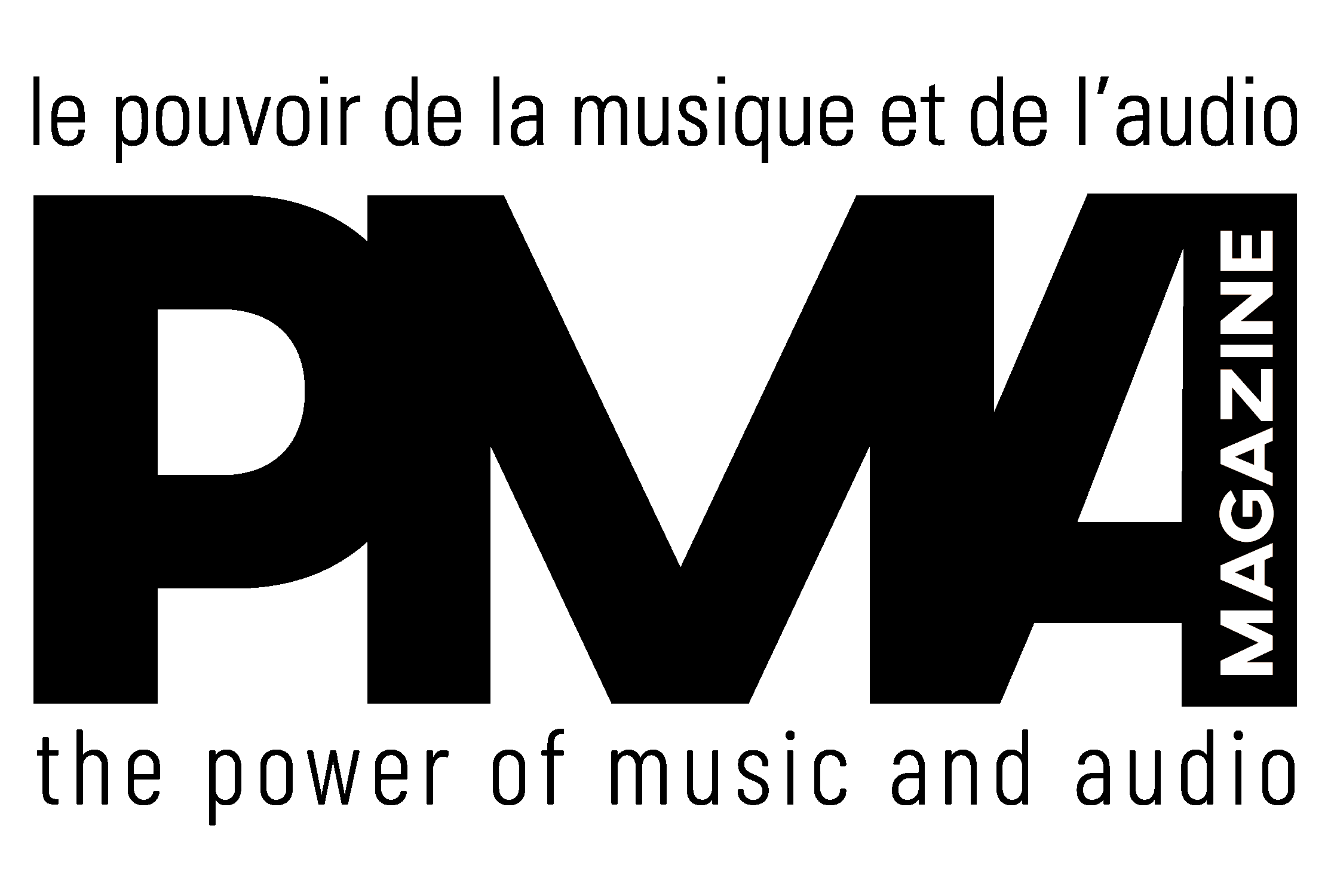
On a sunny Saturday afternoon, July 6, 1957, in the quaint setting of St. Peter’s Parish Church in Woolton, Liverpool, a musical phenomenon was about to be set in motion. John Lennon, a 16-year-old with a rebellious streak and a love for rock ‘n’ roll, was performing with his skiffle group, The Quarry Men, at a church fete. This seemingly ordinary event would become legendary, marking the first meeting between Lennon and 15-year-old Paul McCartney.
The fete was a lively affair, beginning with a parade through Woolton. Two lorries transported the Rose Queen on the first vehicle and The Quarry Men on the second. The biggest challenge for John and his bandmates—Eric Griffiths, Colin Hanton, Rod Davis, Pete Shotton, and Len Garry—was staying upright while playing on the moving lorry. Once they arrived at the field behind the church, things settled down, and they set up on a makeshift stage to entertain the gathered crowd. Their equipment was rudimentary, a testament to the DIY spirit of the skiffle era, with Griffiths and Lennon on guitars, Hanton on drums, Davis playing the banjo, Shotton on washboard, and Garry handling the tea-chest bass.
McCartney, who had come to the fete with his friend Ivan Vaughan, was there to check out The Quarry Men. Vaughan, who occasionally played tea-chest bass with the group, had orchestrated the introduction between John and Paul. As the band played, McCartney observed John Lennon, who, with his guitar in hand and his glasses off, looked every bit the charismatic lead singer despite making up most of the verses to “Come Go With Me.”

During a break, Paul approached John, wearing a white jacket with silver flecks and the quintessential black drainpipe trousers. They chatted briefly, and Paul, keen to impress, demonstrated a technique for tuning a guitar. He then launched into a medley of Little Richard tunes, along with Eddie Cochran’s “Twenty Flight Rock” and Gene Vincent’s “Be-Bop-A-Lula.” His performance left a significant impression on John. McCartney’s knack for mimicking the rock ‘n’ roll greats, coupled with his innate musical talent, was apparent from the get-go.
Things had got underway in the early afternoon with a short parade through this up-market area of Liverpool, with a couple of lorries bringing the Rose Queen, on the first lorry, with the Quarry Men on a second lorry. The biggest challenge for John and his mates in the band was to stay upright on the back of the moving vehicle while continuing to play; once in the field behind the church things got a little easier.

The Quarry Men regrouped in the evening to play at The Grand Dance in the church hall, sharing the bill with the George Edwards Band. It was in these informal settings that Lennon and his bandmate Pete Shotton discussed whether to ask McCartney to join the group. The decision was a resounding yes. A couple of weeks later, Shotton saw Paul riding his bike in Woolton and extended the invitation, which Paul accepted after some thought.
This fateful meeting at the Woolton Parish Church fête set the stage for the formation of a partnership that would revolutionize music. The inclusion of McCartney transformed The Quarry Men, adding depth and precision to their sound. This synergy eventually led to the formation of The Beatles, with George Harrison and Ringo Starr completing the iconic lineup by 1962.
From their groundbreaking albums like Sgt. Pepper’s Lonely Hearts Club Band to their final masterpiece Abbey Road, The Beatles’ journey from a church fete in Liverpool to global superstardom is a testament to the power of musical chemistry and the magic that can happen when the right talents collide.
The meeting of John Lennon and Paul McCartney is more than a footnote in music history; it is the seminal moment that ignited the creation of The Beatles. This serendipitous encounter, facilitated by a mutual friend, set in motion a series of events that would revolutionize music and culture, serving as a reminder of how seemingly small moments can lead to extraordinary outcomes, forever changing the world in ways we can only imagine.










Leave a Reply